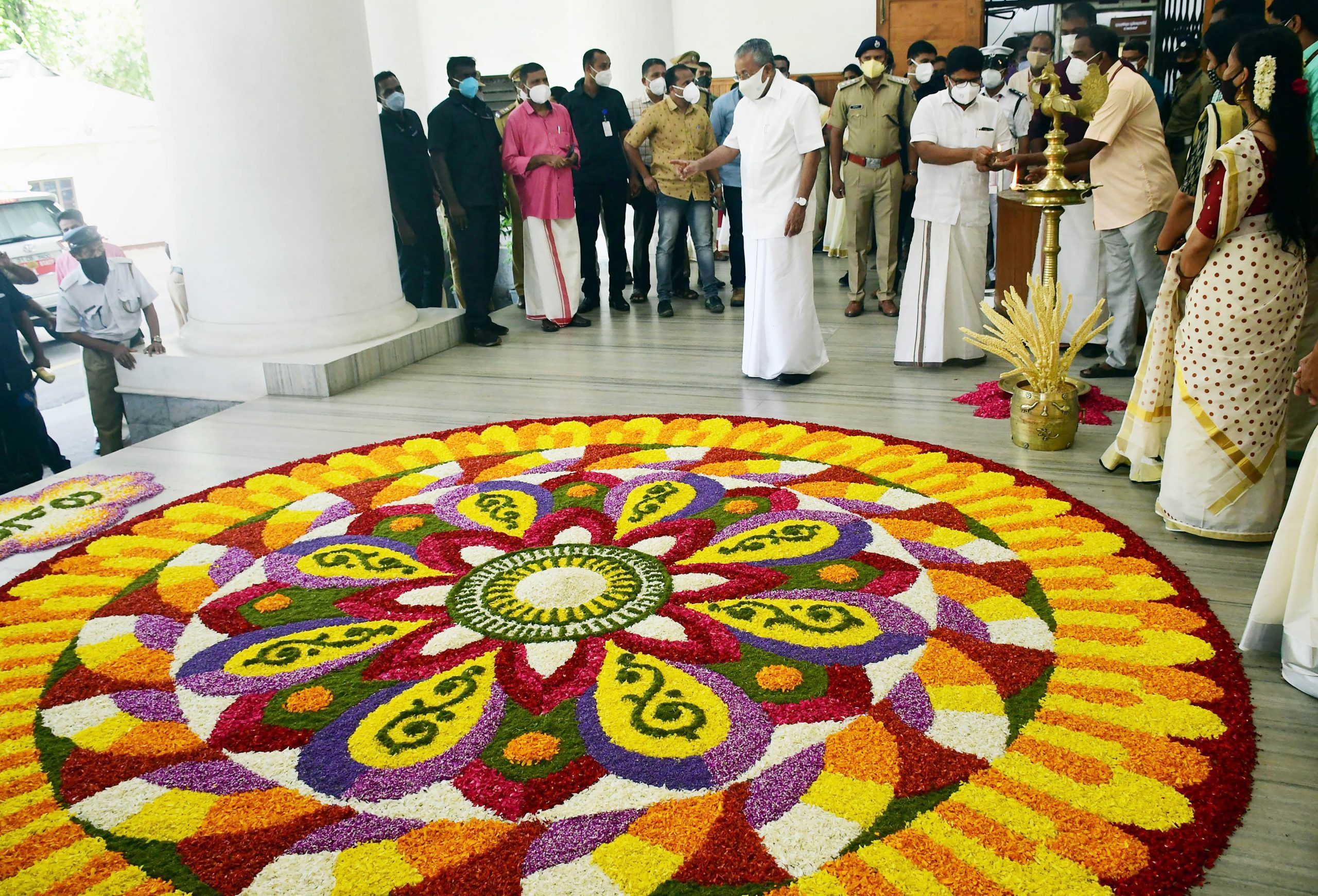Like last year, Kerala has witnessed a spike in COVID numbers after the Onam festival. On Wednesday, 31,445 cases were reported with a test positivity rate (TPR) of 19.03%, both highest for the state in the past three months. Experts had warned of a spike after COVID restrictions were relaxed in the state ahead of Onam.
“We expected a hike after Onam. A special drive is on to increase testing and vaccination. Since sero prevalence is very low in Kerala we have to find the infected and quarantine them at the earliest. We will do everything possible to contain the surge,” said state health minister Veena George.
Also read: Johnson & Johnson bats for COVID vaccine boosters, says studies back it
The state government had relaxed COVID restrictions in the run up to Onam despite the state recording the highest COVID numbers in the country. Shoppers thronged markets and roads were crowded as people prepared for Onam. Last year too, the number of COVID cases had spiked after Onam.
The COVID numbers that were averaging at 19,000 for the week before Onam, suddenly spiked and went up to 24,000 after Onam on August 21 and to 31,000 on Thursday.
Also read: WHO sees dip in COVID-19 cases reported globally
The latest sero survey towards the end of July had said that the state has the lowest exposure to Sars-Cov-2, with only 44% of the population projected to have been infected till early July compared to nearly 79% in Madhya Pradesh and 67% overall across the country. Seropositivity signifies the presence of antibodies in the blood serum. Lower the sero-exposure, higher are the chances of infection.
The study, conducted by Indian Council of Medical Research (ICMR), surveyed 29,000 people in the southern state. The sero survey explains Kerala’s current high numbers and also points to better detection of infections as compared to any other region.
Also read: Delta Airlines to make unvaccinated staff pay $200 every month
“(The findings) reinforces my point that case numbers mean very little, without sero-surveys to inform what fraction is being detected. This data fits better the severity of the second wave ,” said Anurag Agarwal, director of the Institute of Genomics and Integrative Biology (IGIB), according to hindustantimes.com. He added that this also means the second wave will “run longer for Kerala and Maharashtra because of less steep rise”.







